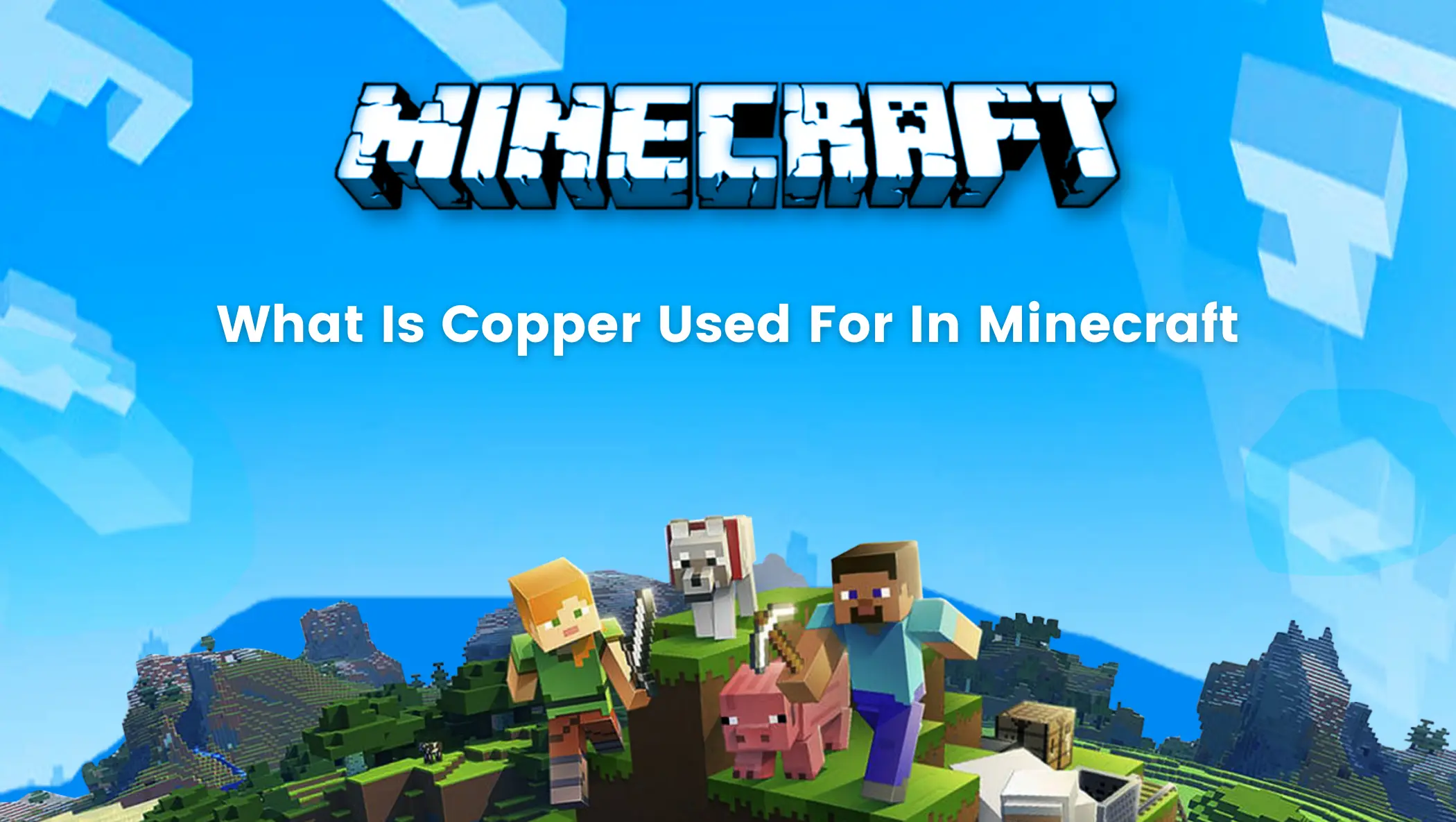Minecraft has a lot of unique blocks and ores, but one of the most recent additions is so different in its principles that it completely transforms the way you play.
Copper has always been in the hearts of Minecraft players all across the world since its introduction in the Minecraft patch 1.18 Cave and Cliff update.
Although this block has a restricted amount of craftable goods, its other applications are nearly unlimited because of its unique properties.
So, what are these applications? Let us look at them in detail, but before that let us have a brief look at what is copper in Minecraft.
Table of contents
What is Copper in Minecraft?
Copper ore is an underground mineral block. Copper ore appears in the form of blobs throughout the Overworld.
In Java Edition, copper ore attempts to generate 6 times each chunk in groups of 0 to 16, in layers 0 to 96, with the most common layers 47 and 48 and the least common at the ends.
Copper ore can be used to replace stone, granite, diorite, andesite, tuff, and deepslate. Copper ore rarely replaces deepslate and tuff, forming within deepslate and tuff layers 0 to 16. When it is replenished, deepslate copper ore is formed.
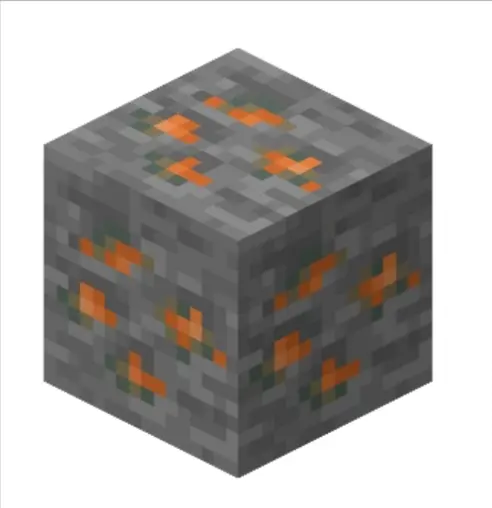
Copper ore veins are larger on average in dripstone cave biomes, and deep plate ores emerge more frequently.
In Bedrock Edition, copper ore is generated in two batches: the first batch generates 16 times each chunk anywhere on the overworld biomes except dripstone caverns, in layers -16 to 112, with the most common layers 47 and 48 and the least common at the ends.
Only in dripstone caves does the second batch appear 16 times in groups of 0 to 40, in levels -16 to 112, with layers 47 and 48 being the most common and the least common at the ends.
Copper ore can be used to replace stone, granite, diorite, andesite, and deepslate. Deepslate copper ore is copper ore that is used instead of deepslate.
Minecraft 1.18: 5 Best Uses of Copper
- Building
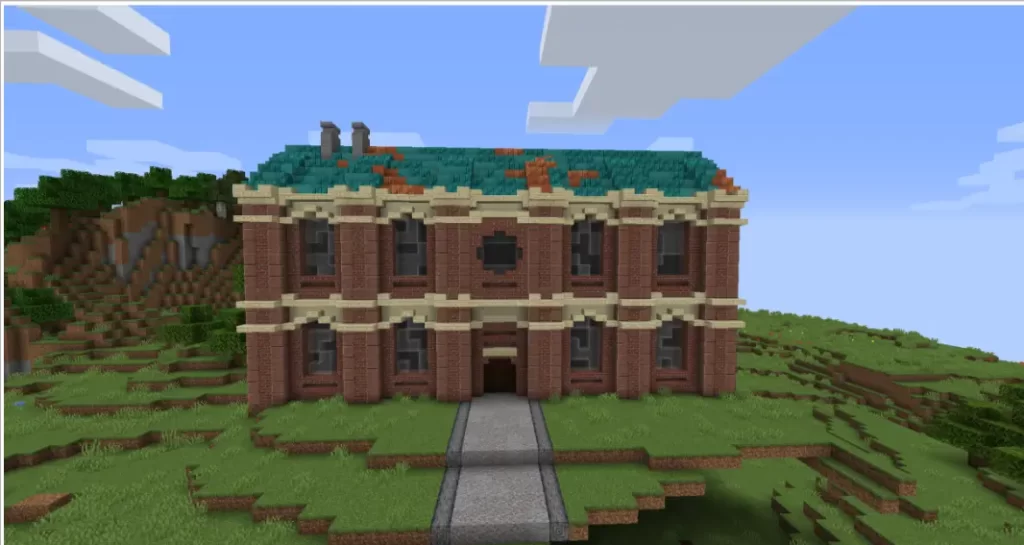
Copper has been used in a variety of builds since its introduction in Minecraft 1.17.
Copper blocks’ effectiveness has doubled since Mojang released Minecraft 1.18.
When copper blocks are fed through a stonecutter, they produce four times as many “cut copper” blocks.
In addition, the amount of raw copper dropped by mining a copper ore block has increased to 2-5, up from 2-3 before 1.18.
These blocks can be used to construct things such as copper houses and statues. Additionally, the oxidation of the blocks over time will give the structure a sense of dynamism.
- Copper Blocks
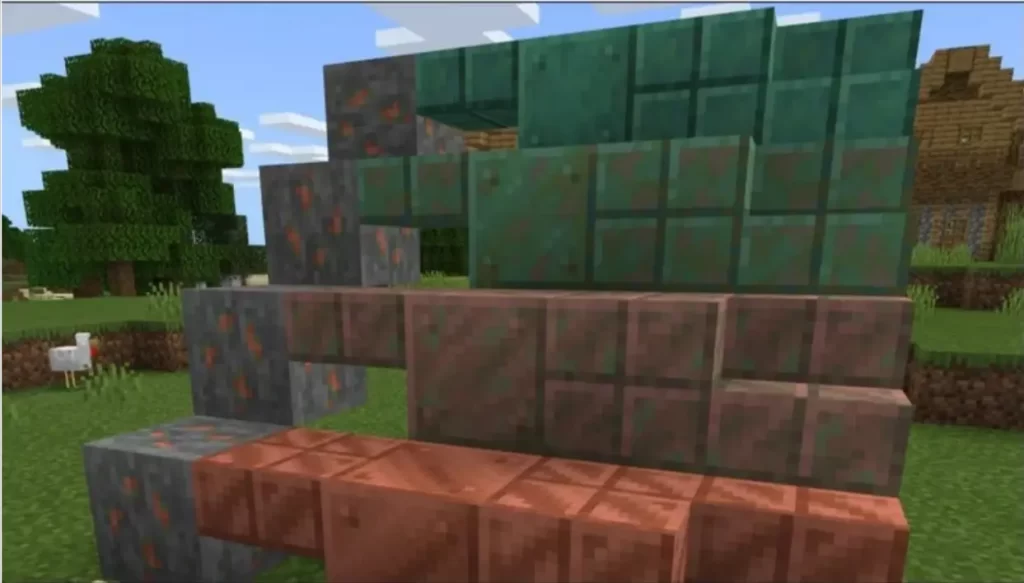
Copper ingots can be used to make copper blocks. The recipe calls for nine copper ingots, one for each crafting table slot. Copper blocks are used to construct copper-based buildings. With these blocks and a stone cutter, you can make alternative blocks such as cut copper blocks, slabs, and staircases.
With Minecraft 1.17, a new mechanic called copper oxidation was added to the game. It simulates real-life copper oxidation and applies it to all types of copper blocks in the game, gradually turning them greenish-blue.
- Copper Ingots
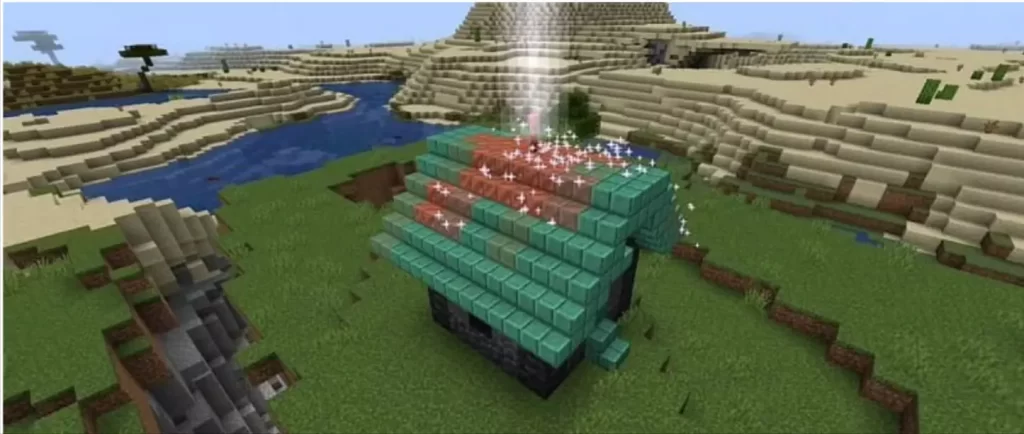
The first item obtained after smelting copper ore in a furnace is copper ingots. Because copper ore cannot be utilized to construct objects, it is the source from which every copper
item or block is made. Spyglasses, lightning rods, blocks, and numerous weapons and armor can all be made from ingots.
- Lightning Rod
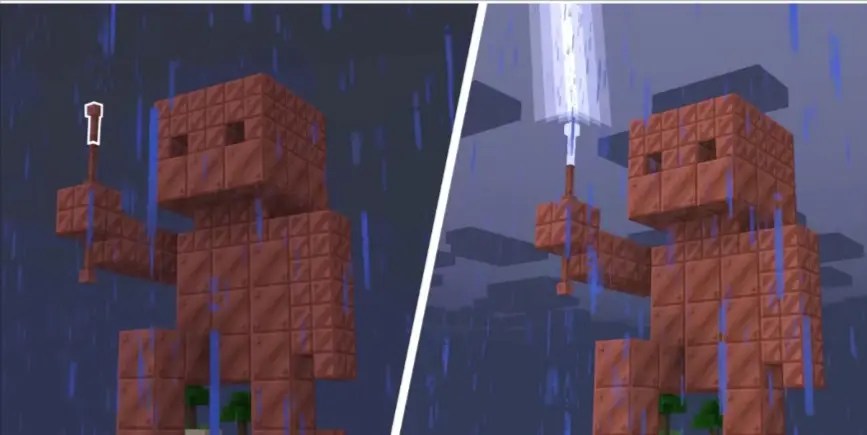
The Lightning Rod in Minecraft is an intriguing addition.
This object attracts lightning, preventing the burst from striking anywhere near the player’s base and catching fire, and damaging it. The rod is made from only three copper ingots.
- Spyglass
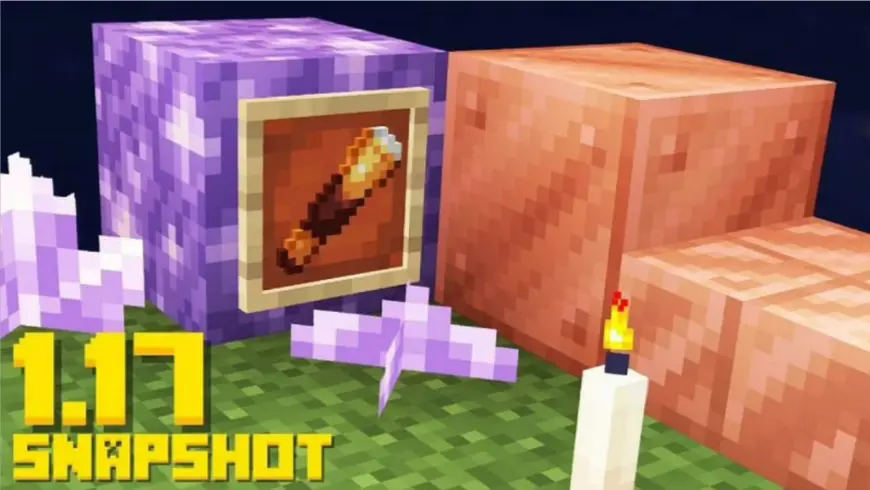
With the Caves and Cliffs Part 1 update, Spyglass was one of the newest items added to Minecraft. It allows users to zoom in and study the region around them to have a better sense of the terrain. Mods like Optifine also provide zooming functionality to Minecraft, thus it may be a useful addition to Vanilla Minecraft.
Conclusion
Since ancient debris, copper has been one of the most intriguing resources to appear in Minecraft.
It can be used by players to construct some magnificent structures. Furthermore, copper oxidation is a phenomenon that affects all copper blocks in the game, which can result in some amazing textures.
Learn more about Minecraft and game development through Minecraft at BrightChamps with its specially designed curriculum, which makes learning game development and coding simple for students in Grades 1-12. ALso, do explore these coding classes for kids to spark their coding skills!
BrightChamps also teaches a variety of other programs that assist children in developing a foundation in computer programming for kids through activities, interactive lessons, and other means.

